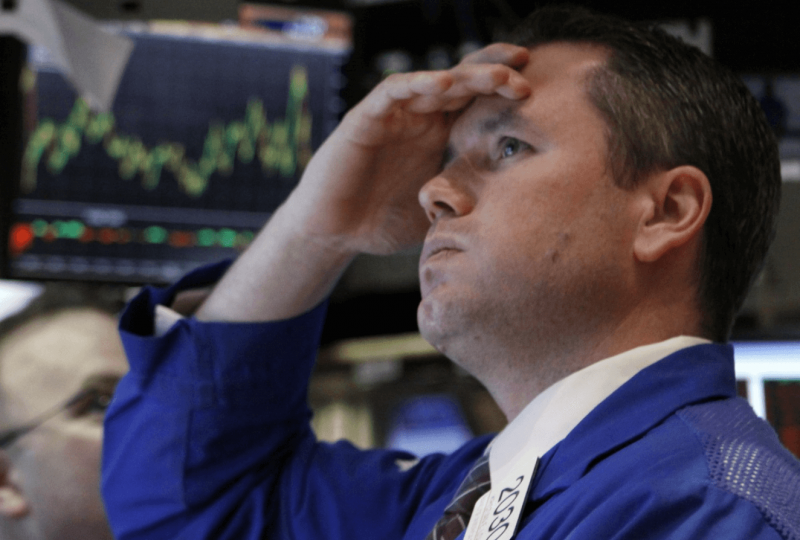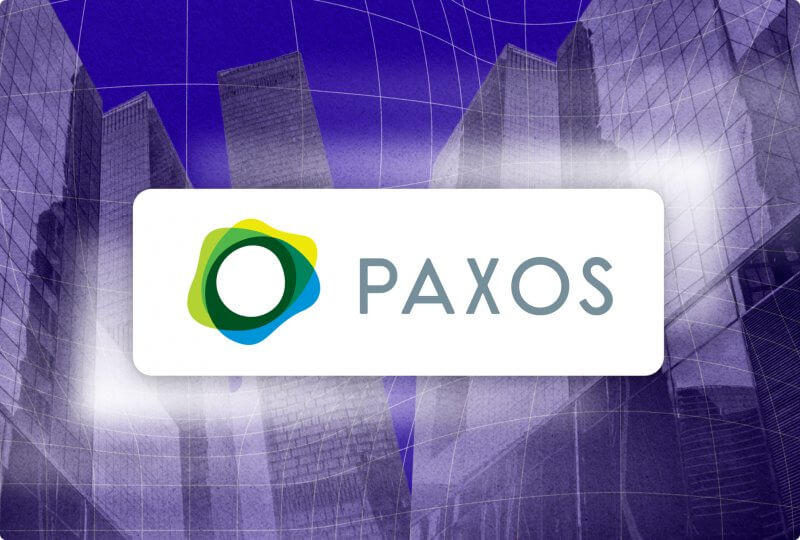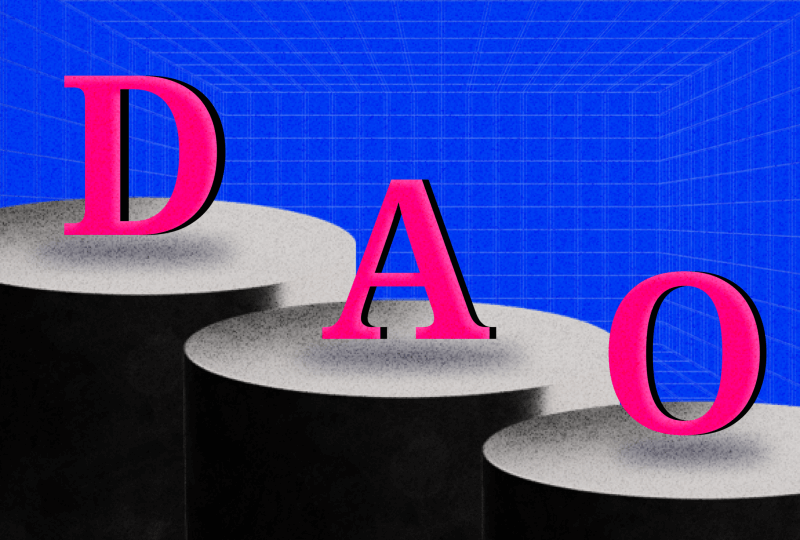Gas Traders Worry Prices Could Plunge After Volatile Winter
Dec 05, 2021

Volatile Winter
Natural gas rode a roller coaster this year, with the majority of the ride spent climbing to new heights.
Spot contracts in Asia and Europe reached record highs, forcing industry to shut down and bankrupting energy importers from Singapore to the UK. Rising prices have also meant that storage facilities have not been replenished as often as they should and are now rapidly depleting.
The worst is yet to come, with severe winter temperatures predicted for many regions of the world, although concerns that the market will continue to be out of balance for most of next year persist.
Investors will be raising the following questions regarding 2022:
What about Nord Stream 2?
With the launch of the Nord Stream 2 pipeline from Russia, Europe's sky-high prices should fall, as the fresh flows reduce scarcity worries. The issue is that no one knows for certain when this will occur.
The 1,230-kilometer (764-mile) project is mired in red tape, awaiting approval from the German regulators and inspection from European Union officials. As a result, the continent may suffer through most of the winter without the billions of cubic meters that Russia could export.
The licensing procedure may cause the commencement of operations to be delayed until the spring or perhaps summer of 2022. A "no pipeline" scenario may reduce storage to dangerously low levels by the end of the winter. This might put pressure on policymakers to authorize the pipeline sooner rather than later to keep homes warmer and costs lower.
Will China continue to be hungry?
China's unquenchable thirst for liquefied natural gas continues to amaze the market, with the country on track to become the world's largest importer of ultracold fuel this year – far ahead of experts' predictions.
The current energy scarcity is caused in part by China's need to power its economy while transitioning away from polluting fuels, mainly coal, to meet aggressive climate targets. Economic growth in 2021 will surpass the objective, and the administration is bullish about next year, perhaps leaving less gas for Asian competitors, Europe, and South America.
China will undoubtedly raise its gas demand. If China is to discover methods to cut emission levels, gas will have to play a larger role since some coal will eventually have to be replaced.
Who is constructing what?
From the United States to Mozambique, there are many liquefied natural gas export projects contending for final investment choices. Following a hiatus in permits due to the Covid-19 outbreak, new big development programs are gaining approval, the most recent being Woodside Energy Ltd.'s Scarborough development in Australia, which is part of a $12 billion investment plan.
American companies including Cheniere Energy Inc., Venture Global LNG Inc., and Tellurian Inc. were busy establishing supply agreements for their planned export initiatives. The firms are certain that they will be able to acquire funding next year.
According to the governments of Australia and Japan, additional investment in upstream natural gas production is needed to avert another shortfall. Whether or not that happens in 2022 could allow us to predict whether or not there will be enough gas by the end of the decade.
Is it possible for the United States to be number one?
Two new natural gas export plants in Louisiana have the potential to turn the United States into the world's leading exporter. The commissioning procedure for Train 6 at Sabine Pass and Calcasieu Pass LNG has begun, and the only issue now is when they will start to transfer their first cargoes.
Sabine Pass has already generated its first natural gas drops and is anticipated to be functional by the end of the first quarter, approximately a year before the train's initial assured completion date. Calcasieu Pass, which is being built in a modular fashion, is getting tiny volumes of natural gas as feedstock for its first lines.
While the United States presently ranks third in terms of liquefied natural gas production capacity, trailing only Qatar and Australia, American production could come out on top if foreign competitors grapple with production or maintenance issues.
What is the TTF?
Dutch gas trade is no longer limited to the Dutch. The Title Transfer Facility benchmark, as it is officially called, has become the Brent crude of the gas market, with greater involvement from outside Europe.
The Japan-Korea Marker's liquidity has increased in recent years, but it still lags what's traded as TTF, making the European index a more preferred alternative among traders. This year, TTF was tied to several offshore natural gas supply arrangements, including acquisitions by Integracion Energetica Argentina SA and Korea Gas Corp.
Traders are increasingly using it because of the value at risk, and it is presently the biggest factor of market prices. Over the previous year, Asian natural gas prices have moved in lockstep with Dutch prices.
Where is the Nearest Exit?
For the next several decades, the discussion over the fuel's importance in the energy revolution will heat up. Aside from being a significant CO2 producer, the whole natural gas value chain leaks methane, threatening to derail international campaigns to reduce greenhouse gas emissions.
Corporations are under increased pressure from shareholders, authorities, and customers to improve their environmental reputations. Enel SpA, the Italian energy behemoth, has set a 2040 timetable for abandoning gas, claiming that the fuel is no longer competitive for power generation. La Banque Postale of France aims to abandon the gas business by 2030, making it the first bank to do so.
Natural gas, on the other hand, provides flexibility to a renewable-powered system. It emits less pollution than coal and may be used to produce blue hydrogen. BP Plc, Sinopec, Equinor ASA, and Royal Dutch Shell Plc are just a few of the companies turning to hydrogen as a way to be a part of the future generation of energy.




